So, you’ve decided to bake a chiffon cake—light, fluffy, and totally dreamy. But instead of getting that perfect cloud-like texture, you end up with a sunken, dense disaster. Sound familiar?

Don’t worry! At Elles Kitchen Life, we’ve got you covered. Here are the 15 most common mistakes chiffon cake beginners make—and how to fix them so you can bake the perfect, airy cake every time.
1. Beating the Egg Whites Too Much (Or Too Little!)
Your chiffon cake’s airy structure comes from properly whipped egg whites. Too soft, and your cake collapses. Too stiff, and it won’t mix well, leaving you with a dry texture.
How to fix it: Whip egg whites to medium peaks—glossy and firm but still slightly soft at the tip.
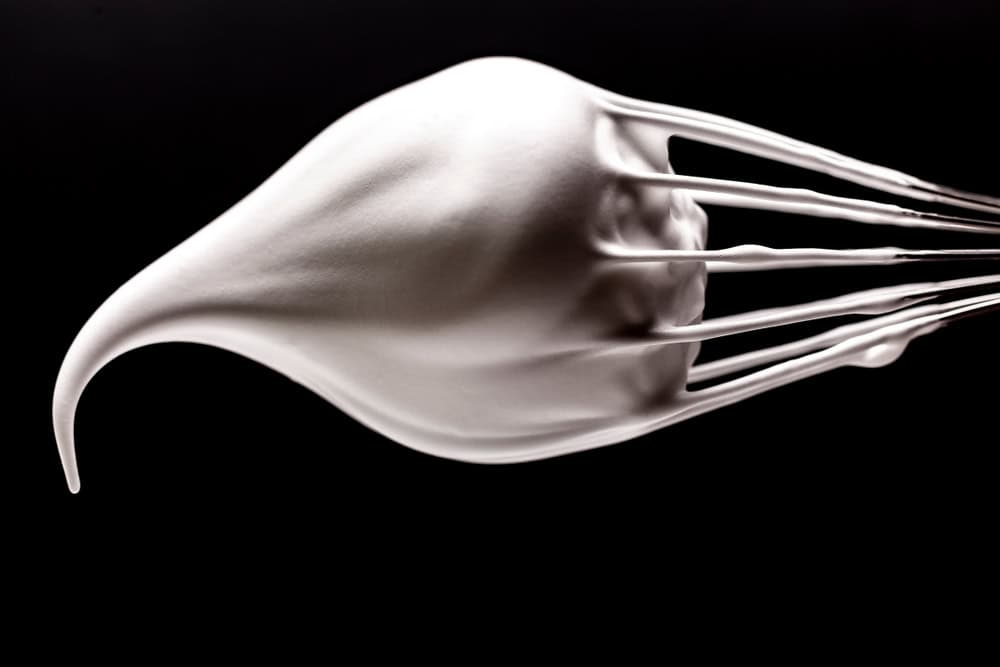
2. Using a Greased Pan (Big No-No!)
Chiffon cakes need to climb the sides of the pan to rise properly. Greasing the pan makes it slippery, so your cake won’t get that nice height.
How to fix it: Use an ungreased tube pan. The batter needs grip!
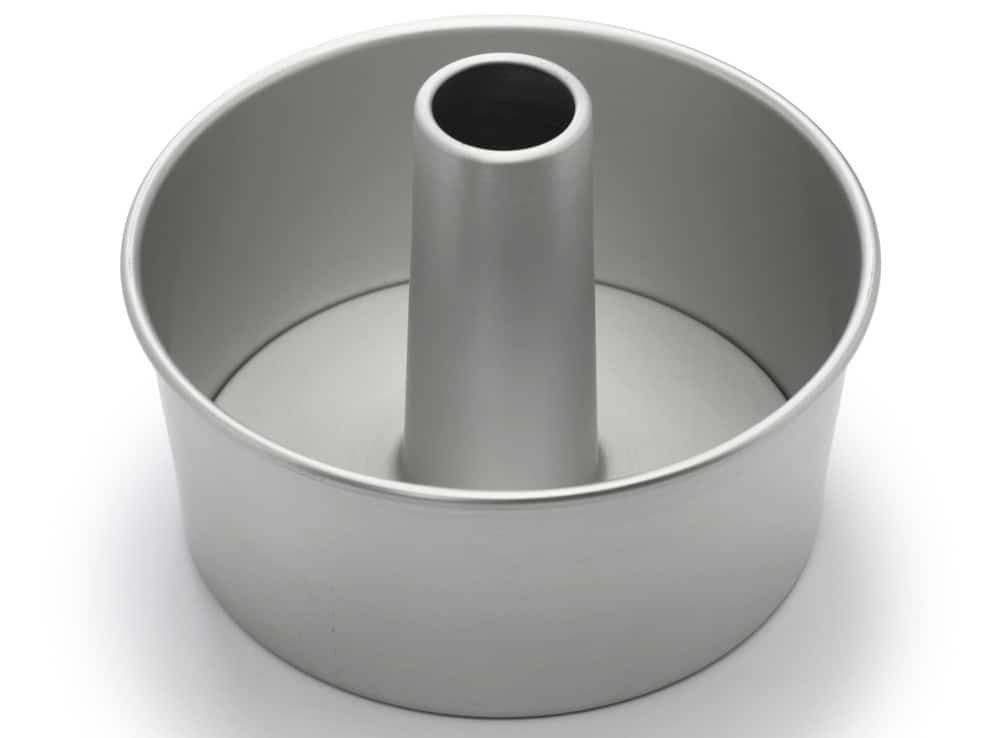
3. Opening the Oven Door Too Soon
We get it—you’re excited to check on your cake. But opening the oven too early can cause your delicate cake to collapse like a deflated balloon.
How to fix it: Wait until at least 80% of the baking time has passed before checking.

4. Not Flipping the Cake Immediately After Baking
Chiffon cakes must cool upside down to maintain their height. Skipping this step leads to a dense, sad cake.
How to fix it: Invert the cake pan over a bottle or cooling rack immediately after taking it out of the oven.
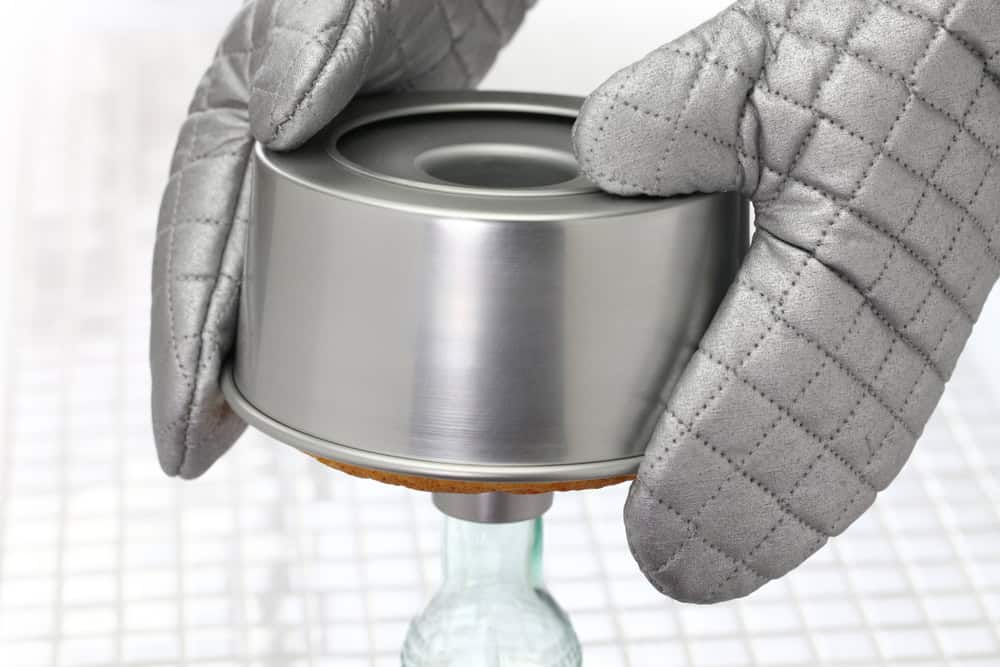
5. Using Cold Eggs
Cold egg whites take longer to whip, and they don’t hold air as well.
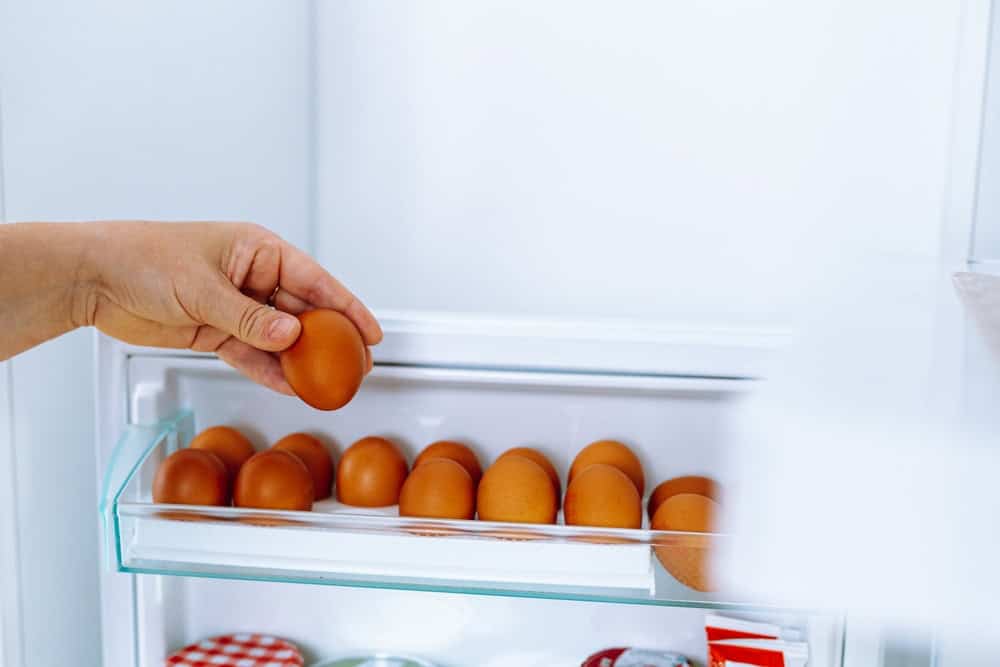
How to fix it: Use room-temperature eggs. If you forgot, soak them in warm water for 5 minutes.
6. Overmixing the Batter
Too much mixing results in a tough, chewy cake (not what we want).

How to fix it: Fold the egg whites into the batter gently with a spatula—just until combined.
7. Not Sifting the Dry Ingredients
Lumpy flour = lumpy batter. And lumpy batter = uneven texture.
How to fix it: Always sift your flour and other dry ingredients before mixing.

8. Baking at the Wrong Temperature
Too hot, and your cake will rise too fast, then sink. Too low, and it won’t rise enough.
How to fix it: Stick to the recipe’s temperature, and use an oven thermometer to double-check!

9. Using the Wrong Pan
Chiffon cakes love tube pans. Using a regular round cake pan? Bad idea.
How to fix it: Use a tube pan (aka angel food cake pan) for the best rise and even baking.
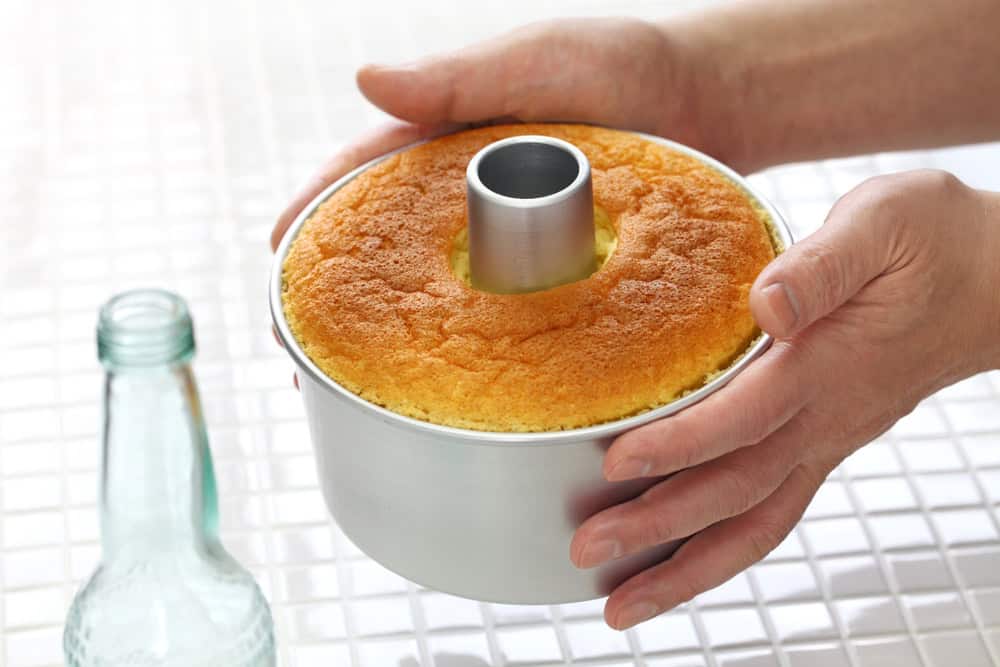
10. Skipping the Cream of Tartar
Cream of tartar stabilizes egg whites, helping them hold their shape. Skipping it makes them collapse faster.
How to fix it: If you don’t have cream of tartar, use a bit of lemon juice or vinegar as a substitute.

11. Measuring Ingredients Wrong
Baking is science. A little too much or too little of something can ruin your cake.
How to fix it: Use a kitchen scale for accuracy, especially for flour.
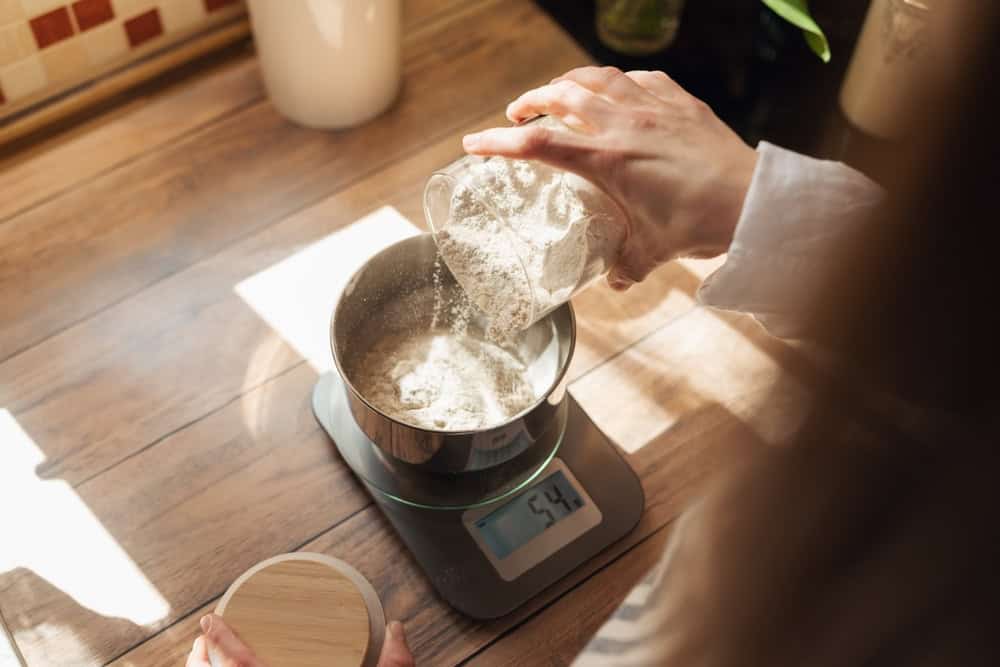
12. Pouring in the Egg Whites Too Quickly
Dumping all the egg whites in at once crushes the air bubbles you worked so hard to create.
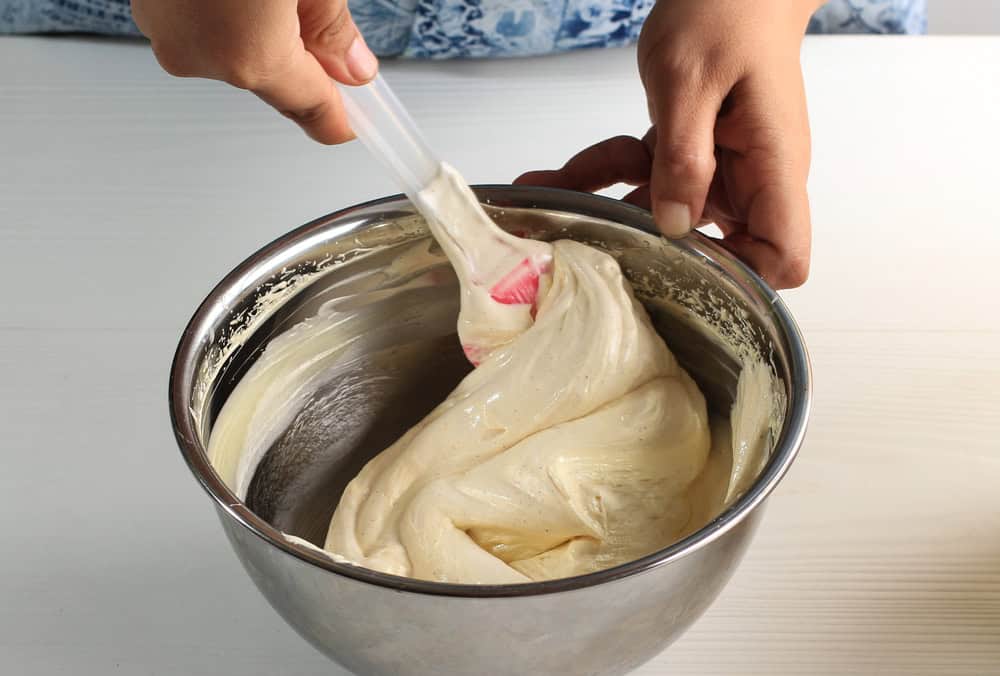
How to fix it: Fold them in gradually—start with 1/3 of the whites, then gently mix in the rest.
13. Not Cooling the Cake Long Enough
Impatient bakers cut into a warm chiffon cake only to find it gummy and sticky.
How to fix it: Let it cool completely (at least 1–2 hours) before slicing.
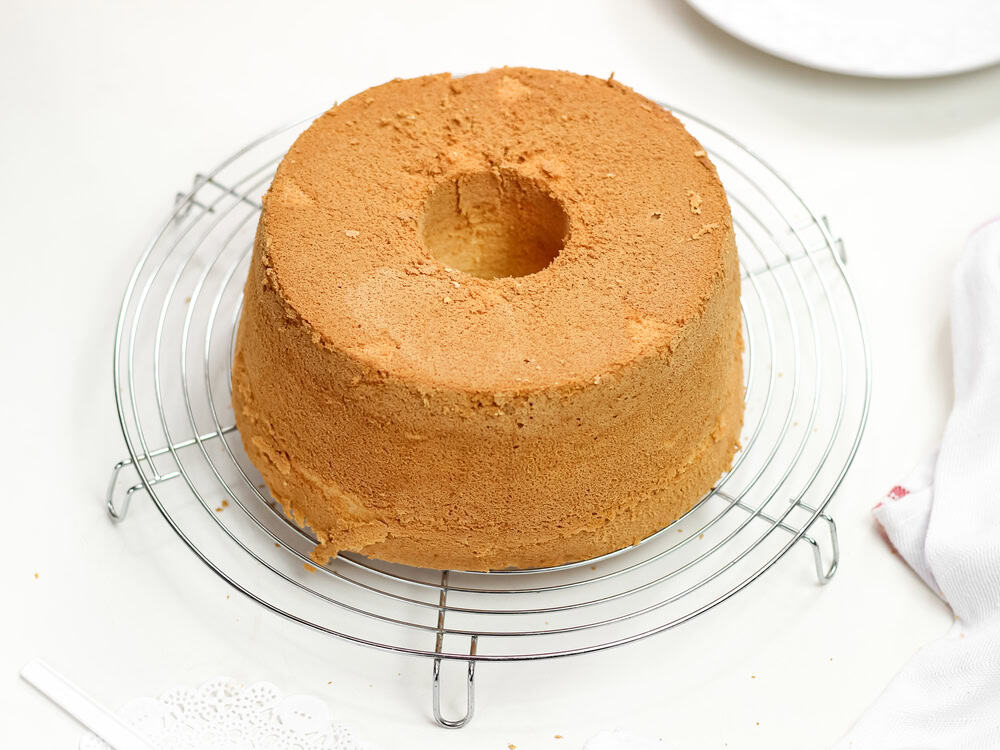
14. Using Expired Baking Powder
Old baking powder = no rise. If your cake turns out dense, this might be why.

How to fix it: Test your baking powder by adding a little to hot water—if it fizzes, it’s still good!
15. Rushing the Process
Chiffon cakes need patience. Cutting corners leads to disappointment.
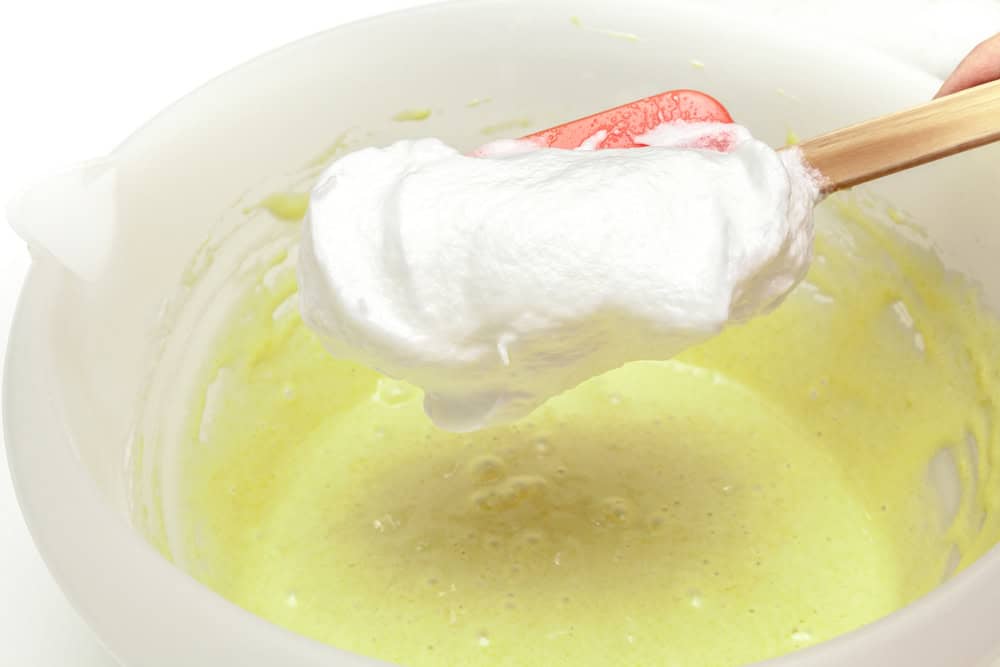
How to fix it: Follow the recipe carefully, take your time, and enjoy the process!
Chiffon cakes can be tricky, but once you nail the technique, you’ll be baking fluffy masterpieces every time! ✨
Have you ever made one of these mistakes? Which tip helped you the most? Let me know in the comments! 👇
And if you found this guide helpful, share it with your fellow bakers—let’s save more chiffon cakes together! 🍰💛








